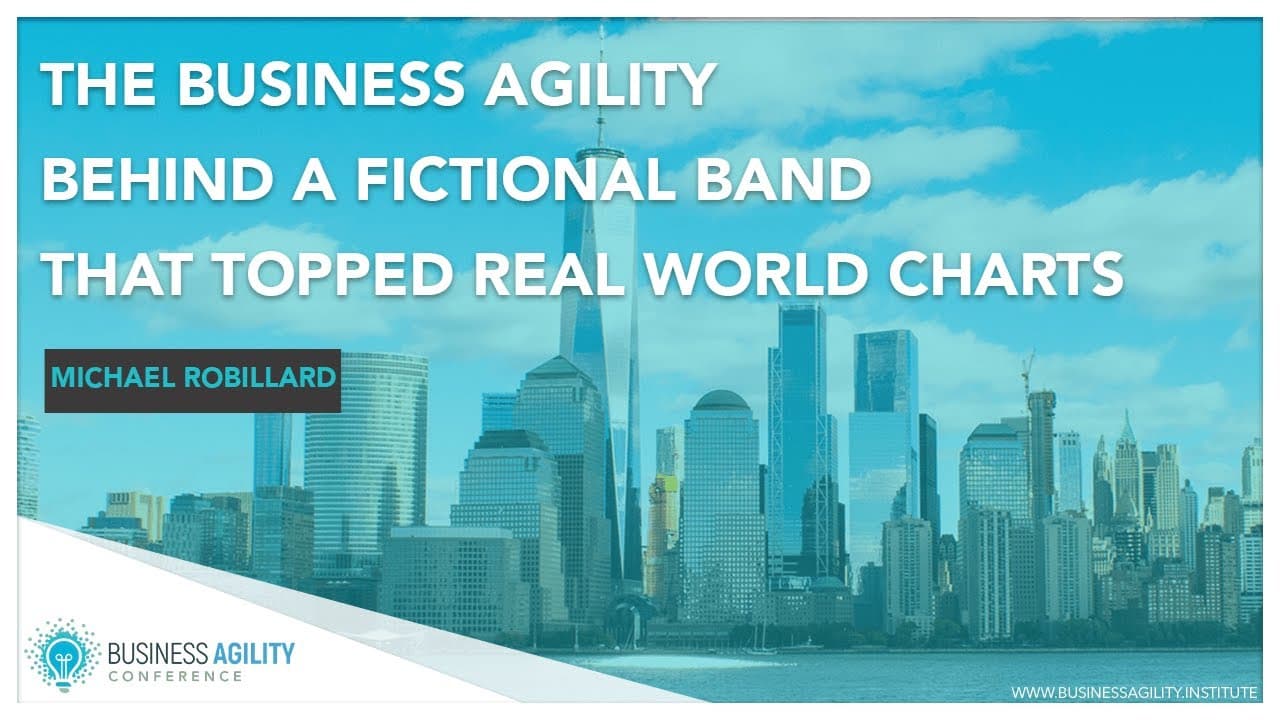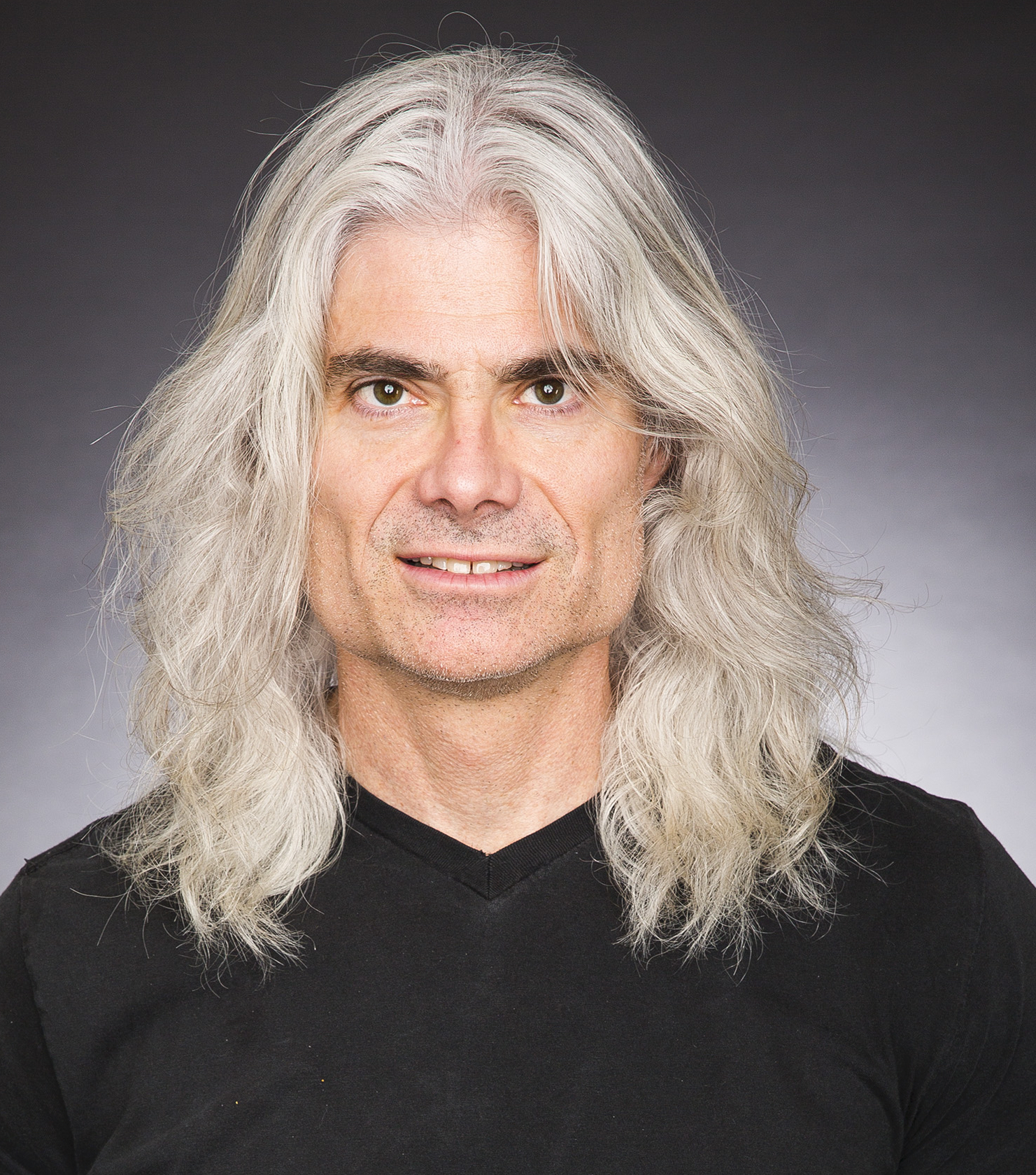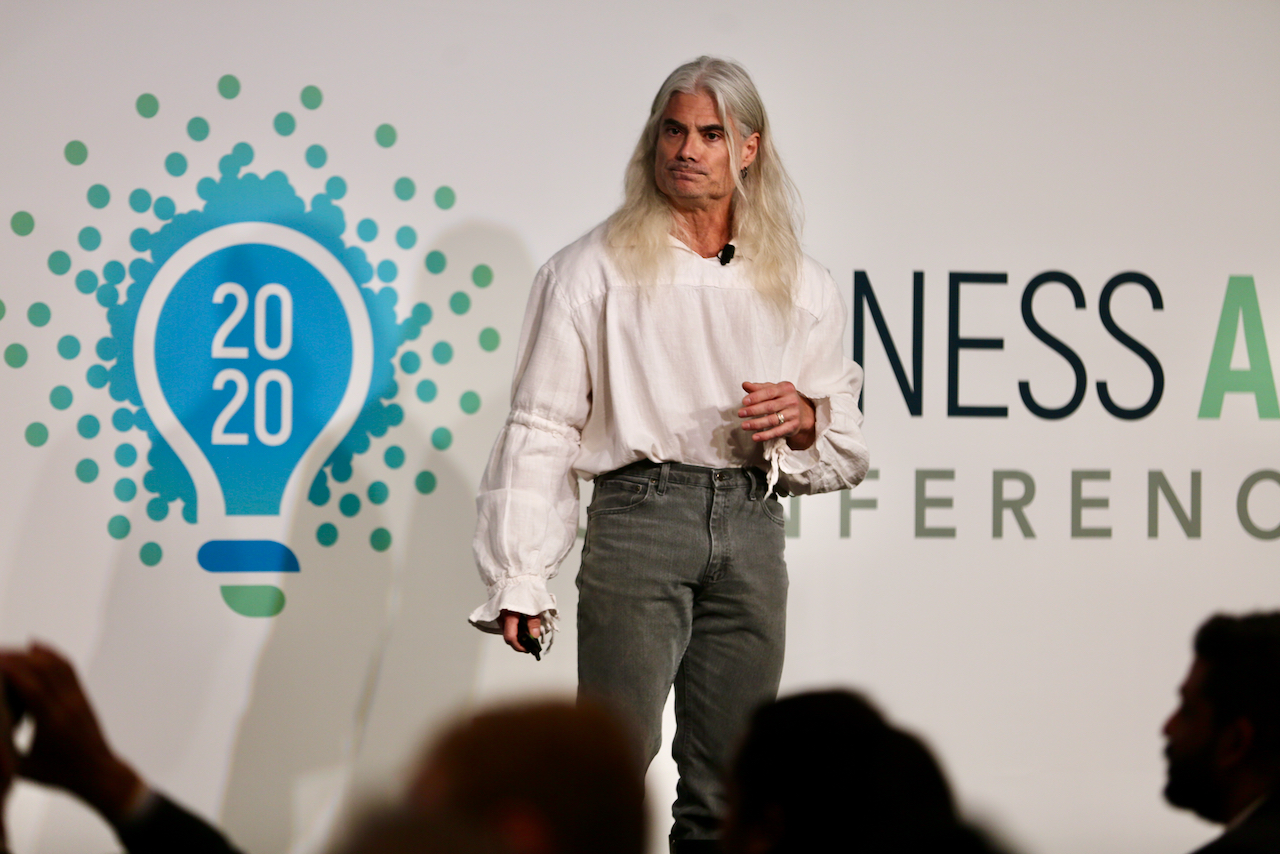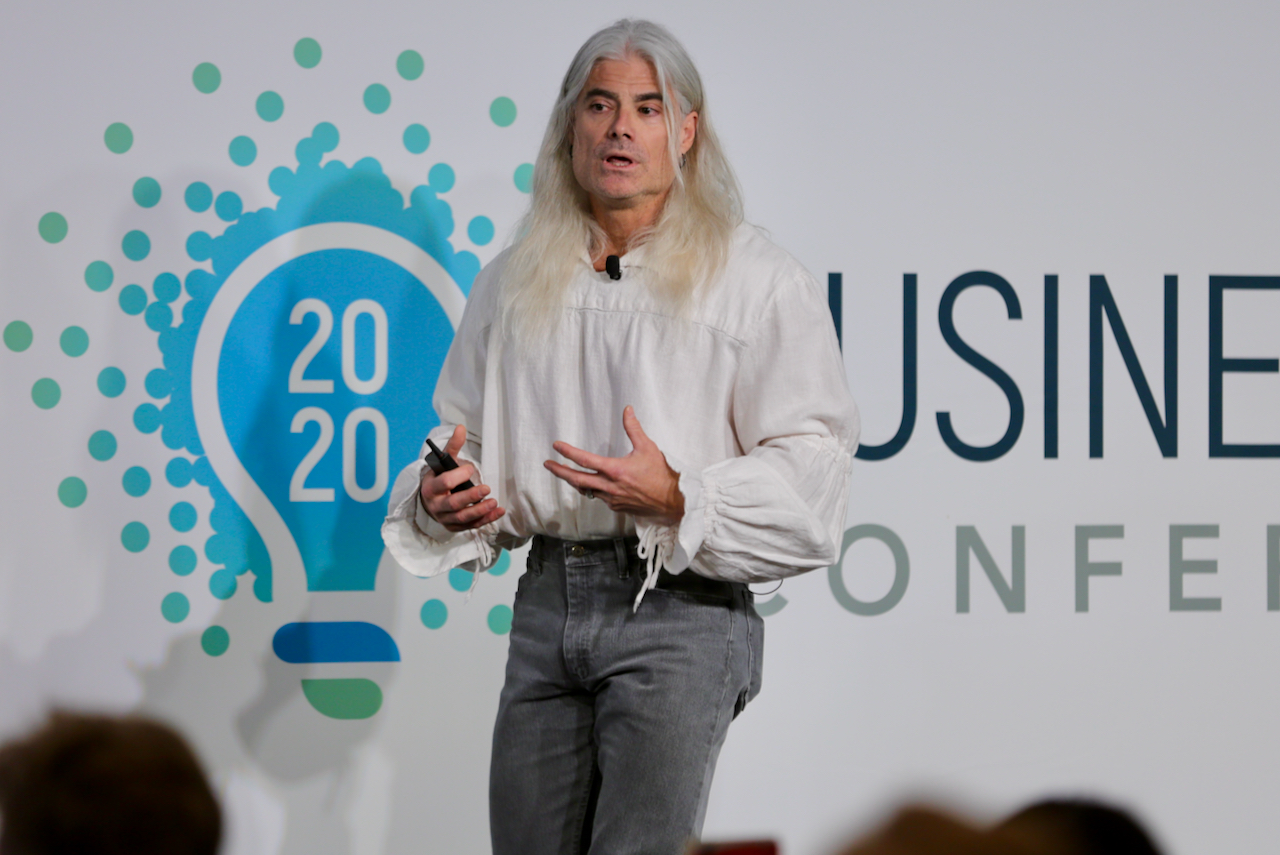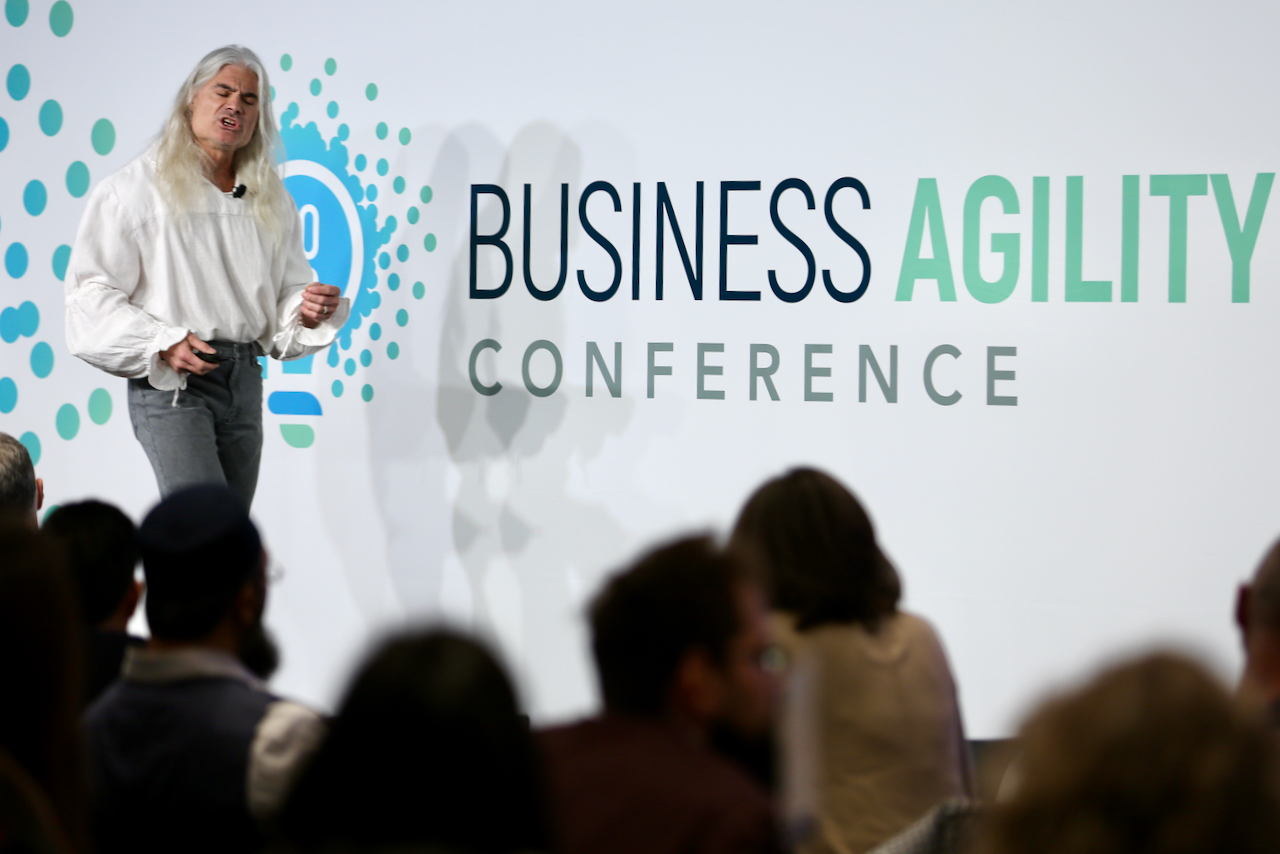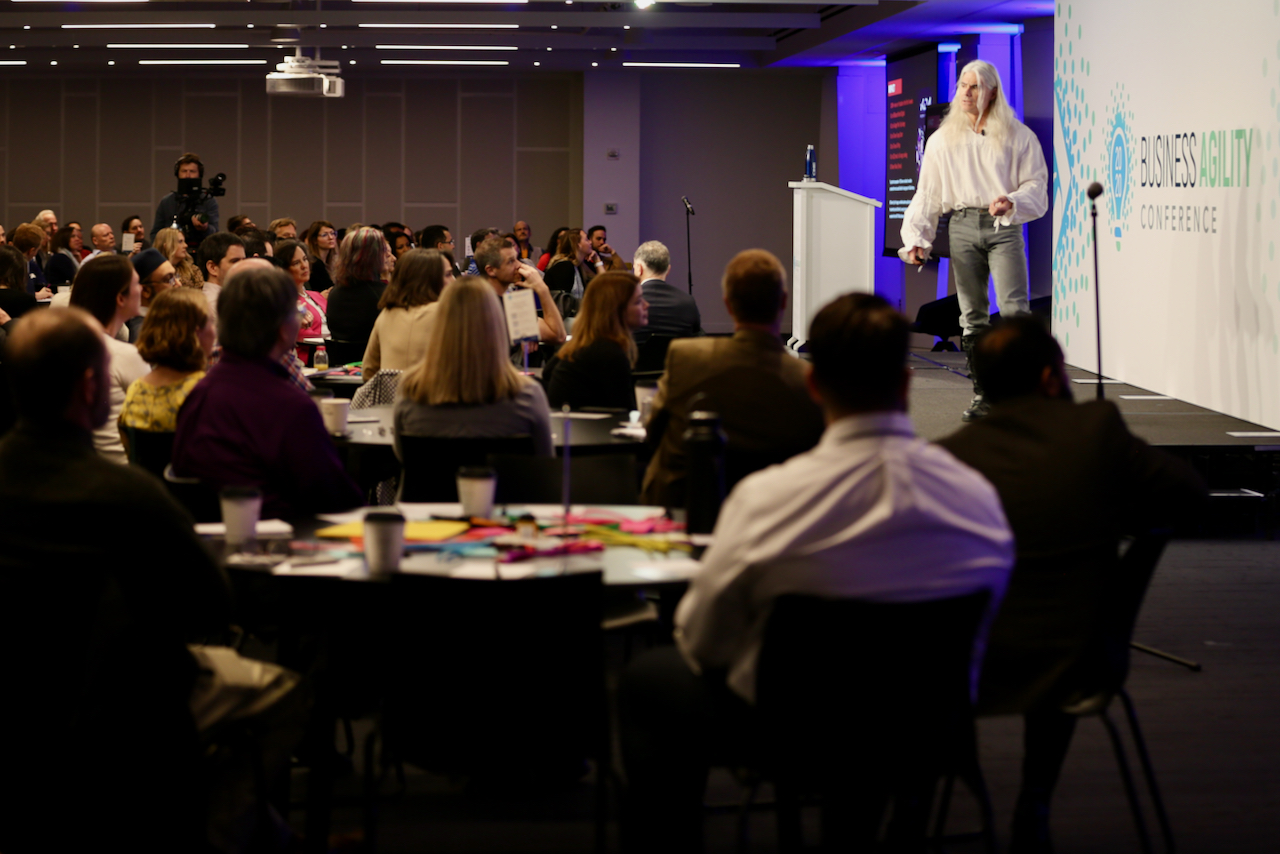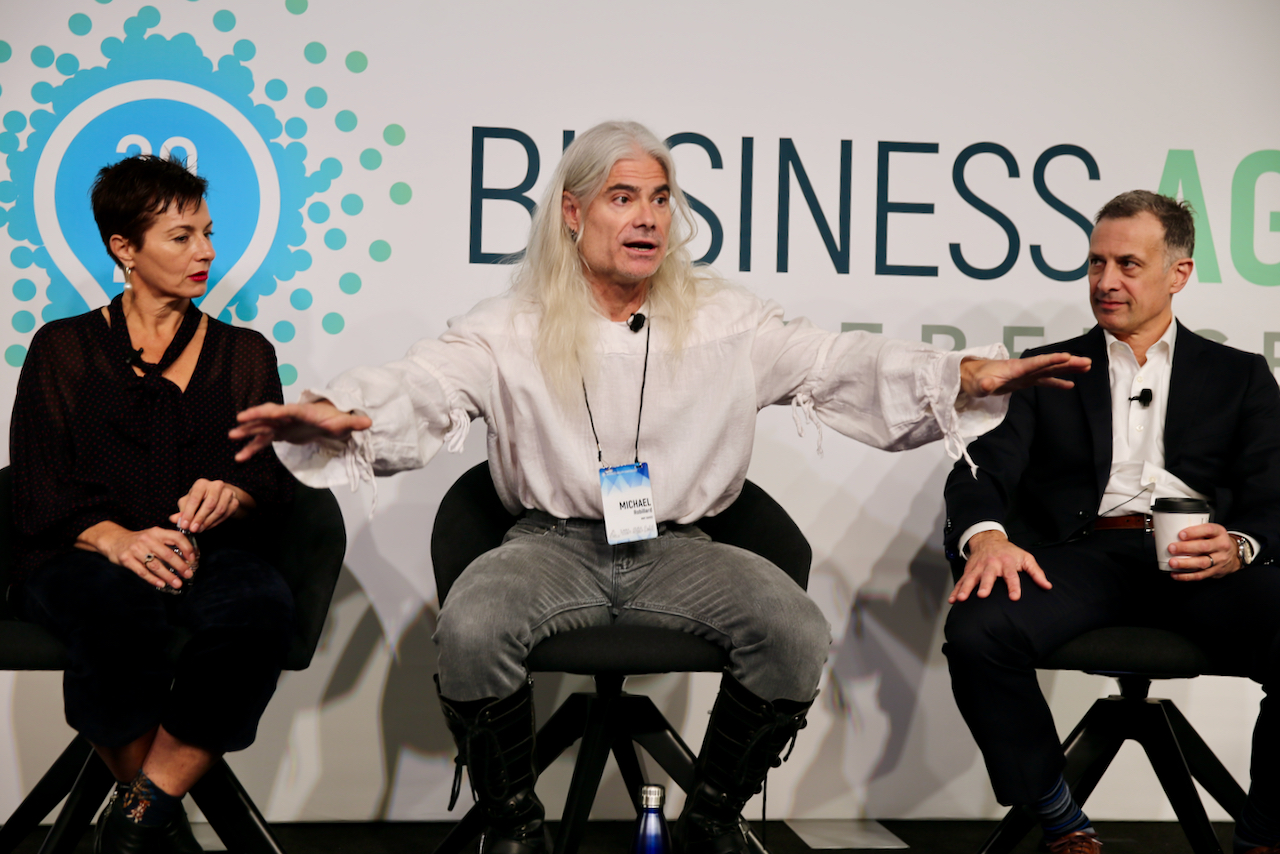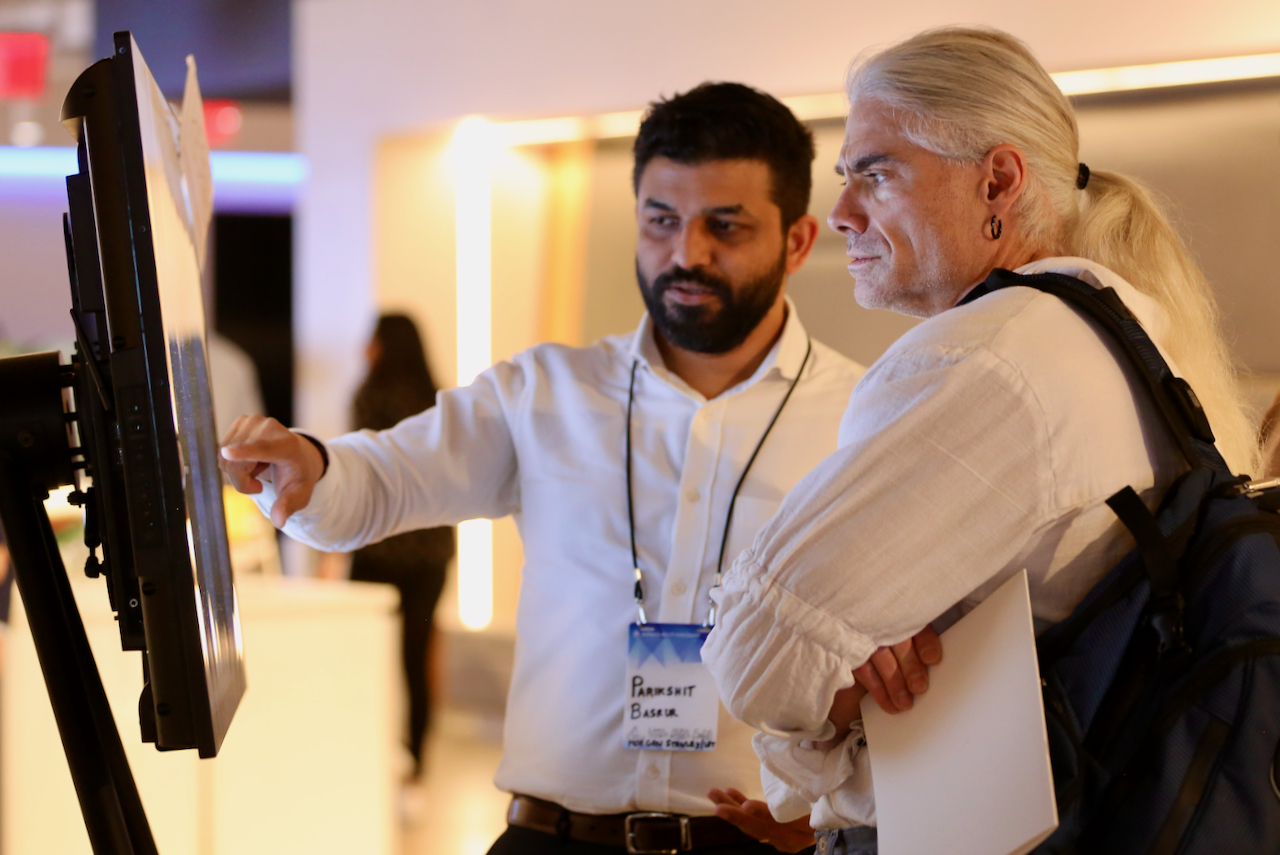Riot Games didn’t set out to pursue business agility. In fact, when I talk about it, I describe it as something we backed into. The reason we backed into it is because we are focused on the outcomes that business agility provides—it’s a means to an end. This mindset dates back to our founding ten years ago when Marc Merrill and Brandon Beck started Riot Games with the goal of becoming the most player-focused game company in the world.
As players themselves, they were frustrated with game companies that didn’t listen, empathize, or respond to their communities. They set out to fix that. Our mission is not just to make better games for players but to make it better to be a player. Business agility enables that—it allows us to be the company we want to be.
I personally think of business agility in two variants:
- Traditional Business Agility: This is in service of the firm. It’s about protecting the organization from disruption and reacting to change to ensure we remain an ongoing concern.
- Player-Centric Business Agility: This is about being in service of the player. We need to be able to respond to changes in technology, player experiences, and how they interact with the world. At Riot, this is what matters most.
Today, I want to share a story about a recent project where our agility allowed us to execute exactly the way we wanted. I’ll also talk about what agility looks like at Riot and how we sustain it over time.
Context: League of Legends and eSports
For those unfamiliar with gaming, our largest game is League of Legends, which has over 100 million monthly active users. It’s a team-based game—five against five—not just a shoot-'em-up but a deeply strategic experience.
Within our ecosystem, we have professional eSports leagues where players compete through a season, culminating in playoffs and a World Championship. The stakes are high—our World Championships have been held in iconic venues like the Mercedes-Benz Arena in Berlin, the Los Angeles Staples Center, and the Beijing National Stadium. The event is broadcast in 19 different languages across multiple streaming platforms and TV stations, with peak viewership reaching 99.6 million.
The K/DA Project: A High-Stakes Experiment
A couple of years ago, as we prepared for our Championships in Korea, an idea started percolating within Riot. Somewhere between six to twelve months before the event, we realized it was evolving into something really cool that we wanted to deliver for our players.
The idea? Create a K-pop band—but instead of real-world artists, the members would be champions from our game. They would release a song, a music video, and perform live (through augmented reality) at the World Championships. And we had only a few months to pull it off.
Here’s a short clip from our World Championships showcasing the augmented reality pop band performing live alongside the real artists:
Measuring Success: More Than Just Numbers
We pulled it off, but was it worth it? Was it successful?
Here are some stats:
- The song hit #1 on Billboard’s World Digital Music chart.
- #1 on iTunes’ K-pop chart.
- #2 on iTunes’ overall pop music chart.
- 100 million views on YouTube in the first month.
While these numbers are fantastic, they don’t fully answer the question of success. At Riot, three things matter when we assess an opportunity:
- Resonance with our players: It must deeply connect with them, even if it involves complexity, risk, or cost.
- Building a holistic experience: It’s not just about delivering a product—it must fit into the broader experience of being a Riot player.
- Demonstrating long-term commitment: We have often made decisions that weren’t financially beneficial in the short term but were the right thing to do for our players in the long run.
By those metrics, K/DA was a massive success.
Business Agility at Riot Games
If you spent a few months at Riot, here’s what you’d notice about business agility in action:
1. Big Bets, High Risk
We don’t just try to keep players engaged—we want to win big. K/DA worked out, but the next bet may not. That’s okay; we take calculated risks.
2. Exploring New Types of Value
We constantly experiment with new ways to deliver value. Music is a great example—we’re not a record label, but over time, we built music capabilities in service of our games. That investment allowed us to capitalize on the K/DA opportunity.
3. Balancing Top-Down and Bottom-Up Innovation
Ideas like K/DA don’t come from strategy workshops—they come from Rioters on the ground, interacting with players. Our leadership sets a clear North Star, but we ensure ideas flow up and receive top-down commitment when they’re worth pursuing.
Sustaining Agility Over Time
Change is one thing—sustaining it is another. For Riot, player-centric agility is a grind. But it’s a positive grind.
The Attributes of the Grind
- Persistent Effort: This isn’t something we "finish" and operationalize. We are always working on it.
- Never-Ending: This isn’t an 18-month transformation project. It’s about how we operate, the decisions we make every day.
- Fueled by a Growth Mindset: Like elite athletes, we continually push ourselves to improve.
Tom Brady, one of the greatest quarterbacks of all time, embodies this mindset. After winning his sixth Super Bowl, he returned to training camp saying, “I’m here to earn my place on this team.” That’s a grinder.
Being vs. Doing
One of the biggest realizations I’ve had is the power of being vs. doing. Too often, companies focus on doing—the right frameworks, processes, and structures.
But the real question is: Who are you? What is all of this in service of?
At Riot, we never set out to “be agile.” We set out to take care of our players. That clarity makes decision-making easier. The doing naturally follows.
Conclusion
The benefits of agility are clear. Riot is incredibly successful, not because we set out to be agile, but because we are relentlessly focused on our players. We will do whatever it takes to make it better to be a player.
Thank you for your time, and I hope you enjoy the conference!

